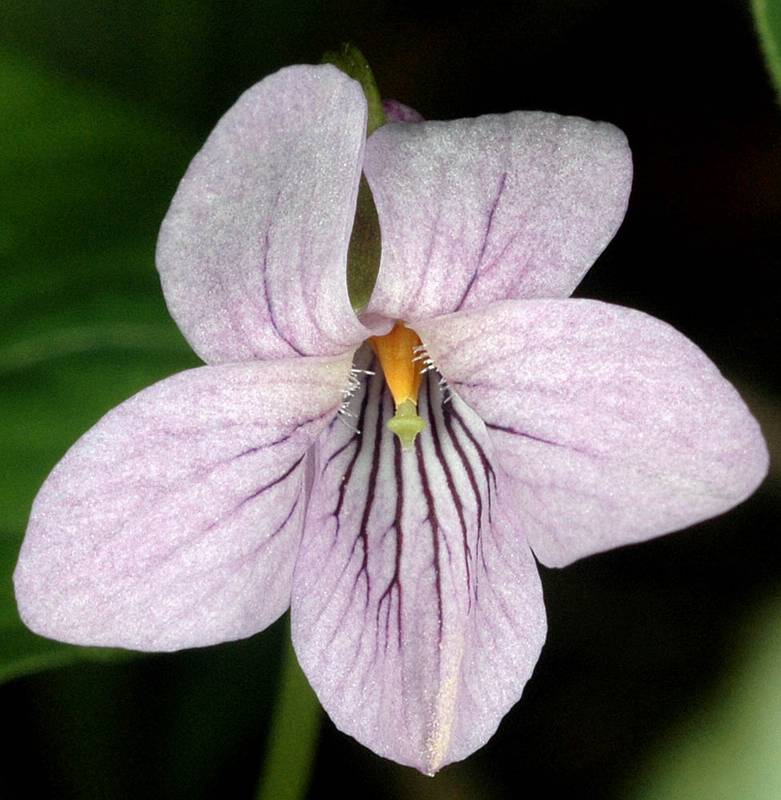Viola rostrata
Viola palustris
marsh violet
Leaf blades cordate to reniform, 2.5-3.5 cm. broad, with coarse, rounded teeth;
petioles up to 15 cm. long;
stipules chaffy, lanceolate, entire.
Flowers 10-13 mm. long, the peduncle about the same length as the leaves;
petals white to lilac, the lower 3 purple-penciled, the lateral pair sparsely bearded;
style head glabrous, lobed.
Fruit a 3-valved capsule, ovary superior, placentation parietal, seeds dark brown.
Viola rostrata
Viola palustris
Occurring on both sides of the Cascades crest in Washington; British Columbia to California, east to the Rocky Mountains, northern Great Plains, northeastern North America, and Eurasia.
- Local floras:
BC,
CA,
OR,
WA
- Local Web sites:
CalFlora,
CalPhotos,
Flora NW,
PNW Herbaria,
Turner Photog.
WildflowerSearch
iNaturalist (observations)
USDA Plants Database
- LBJ Wildflower Center
- SEINet
- Plants of the World Online
- Encyclopedia of Life
- Wikipedia
- Google Image Search


